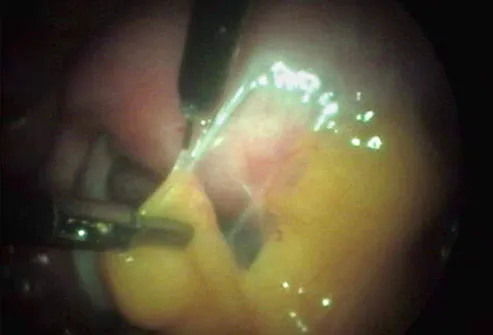Crochet bracelet/ hair band with beads
Labels: / hair band, bracelet, crochet, with beads
| What is the cause? | ||
| What are the symptoms? | ||
Labels: cause, diagnosis, LIVER CANCER -what it is, symptoms
| What are the symptoms? | ||
The symptoms in chronic forms of leukaemia may not appear for a long time and the person may be able to lead a normal life. However, acute leukaemia presents with symptoms like: |
| What is the treatment? | ||
The treatment of leukaemia usually involves intensive chemotherapy using drugs that kill the cancerous cells. The drugs are given as injections into the veins or by mouth; they are given at regular intervals over a period of time. They are very powerful and result in loss of hair and symptoms like nausea and loss of appetite. In some cases of leukaemia, especially inchildren, bone marrow transplant may be done. This is an expensive procedure where a person’s diseased marrow is replaced by a healthy marrow from a matching donor. This matching is very important since the body rejects foreign marrow very easily. |
| What are the side effects of treatment? | ||
Chemotherapyis a very powerful form of therapy and results in loss of hair. It also damages normal cells in the bone marrow thus making it weak and highly prone to infections. Sometimes these infections can be life threatening. The person may also bleed very easily due to the destruction of platelets. Other associated symptoms like nausea, tiredness and anaemia are also common. After treatment, the patient may recover normal functioning depending on the severity of the disease. 50% of the patients lead a normal and disease free life after a bone marrow transplant. However, the disease can recur any time and thus regular monitoring is required. This monitoring will reduce in frequency as time passes and the patient ceases to show any symptoms of recurrence of the condition. | ||
| What is leukaemia? | ||
Leukaemia is a type of cancerthat affects the white blood cells called leukocytes. Blood contains three types of cells – red blood cells or RBC’s that carry oxygen, leukocytes or white blood cells, WBC’s that help to protect the body against infections and platelets cells that help in blood clotting. These blood cells are produced in the bone marrow that is present in the cavities in bones. The leukocytes are of different kinds and various types of leukaemia are named after the kind of leukocyte affected. | ||
| What are the different types of leukaemia? | ||
Labels: diagnosis, LEUKEMIA -causes, side effects, symptoms, treatment, types
Labels: -what it is, BONE MARROW TRANSPLANT, indications, procedure, prognosis, Risks, why done
Labels: heat stroke, Protect, yourself from

Labels: Crunch, flatter stomach, for, in Bed

Labels: Back exercises, can, low back, prevent, strain
Labels: fit, for breakfast, Fruits, keeps you

Labels: by getting, cervical cancer, Fight, HPV, vaccinated against
Labels: Cancer Patients, Fish, helps, oil, preserve muscle

Labels: Scar Tissue